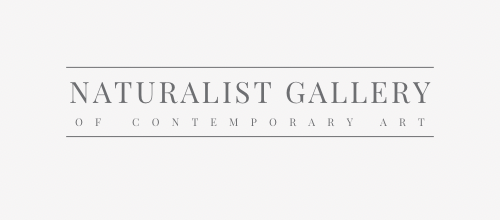The canvas is a fundamental aspect of painting, serving as the backdrop for countless masterpieces.
Choose cotton canvas for practice and experimentation, linen for professional, large works due to its durability. Consider canvas weight and texture (fine for detailed work, coarse for abstract). Match canvas type (stretched, panel, roll) with your painting style and project scale.
Its choice can significantly influence the outcome of your artwork. This guide delves into the various types of canvases and their suitability for different painting styles, ensuring that artists make informed decisions.
Explore our curated selection of contemporary artists from around the globe.
Naturalist Gallery offers artist representation internationally. Apply your art.
Understanding Canvas Materials
-
Cotton Canvas:
- Characteristics: Economical, lightweight, and easy to stretch.
- Ideal For: Beginners and artists practicing or experimenting with styles.
-
Linen Canvas:
- Properties: Durable, less prone to stretching, and has a tighter weave.
- Best Used For: Professional works and large paintings requiring a sturdy surface.
-
Synthetic Fibers:
- Usage: Less common but gaining popularity due to their blend with cotton for added strength.
- Suitable For: Artists seeking a middle ground between cotton and linen.
Weave and Texture
- Fine Texture: Suited for detailed work, such as portraits or realism.
- Coarse Texture: Ideal for abstract or impressionistic styles where the texture adds to the visual appeal.
Canvas Weight
- Lightweight Canvas: Better for smaller paintings or pieces that require a delicate touch.
- Heavyweight Canvas: Recommended for larger artworks, as it can bear the weight of heavier paint without sagging.
Types of Canvas
-
Stretched Canvas: Pre-stretched and primed, ready to use. Ideal for immediate use and comes in various depths for a professional look.
-
Canvas Panels: More affordable, less bulky, and suitable for plein air painting. Requires framing after painting.
-
Canvas Rolls: Offers the most customization and is cost-effective. Requires stretching and priming, ideal for experienced artists or specific project sizes.
-
Specialty Shapes: Recent innovations include circular and oval canvases, offering more creative possibilities.
Priming and Preparation
- Gesso Priming: Provides a stable base for both oil and acrylic paints, with options for clear, white, or tinted priming.
- Oil Priming: Exclusive for oil paints, requires a longer curing time and proper sizing to prevent oil penetration.
Factors to Consider
-
Purpose of the Painting: Determine if the painting is for practice, sale, or exhibition. Higher quality linen is preferred for professional works due to its archival quality.
-
Painting Style: Consider the level of detail and the type of paint being used. Fine textures are better for detailed work, while coarser textures suit more expressive styles.
-
Size and Scale: Larger paintings require sturdier canvases like heavyweight linen to prevent warping and sagging.
-
Personal Preference: Experiment with different canvas types to find what suits your technique and style best.
Apply for Naturalist Gallery Artist Representation.
Choosing the right canvas is crucial to the success of your painting. Consider the material, texture, weight, and intended use of your artwork when selecting a canvas. Whether you opt for cotton, linen, or synthetic fibers, each has its unique qualities that can enhance your painting experience.
You may also find the following articles helpful:
Form: Understanding Dimensionality
Tone in Art: Understanding Color Value
Line: Types, Techniques, Element of Art
How to Get Your Work in an Art Gallery





